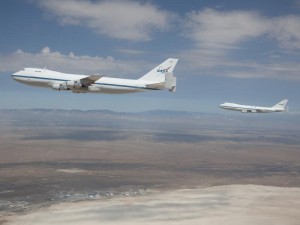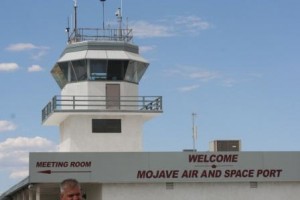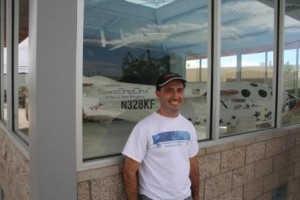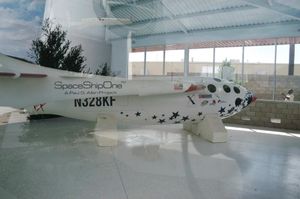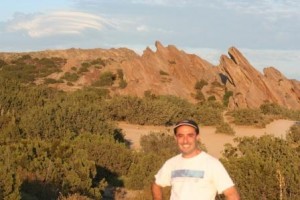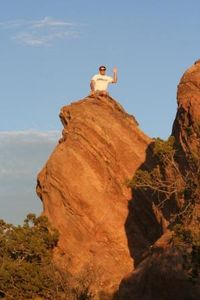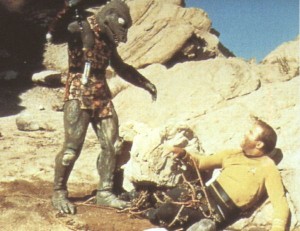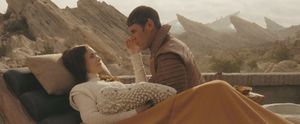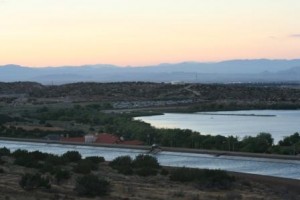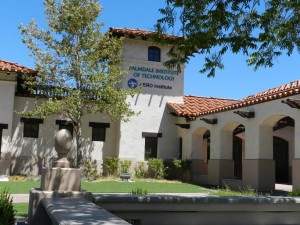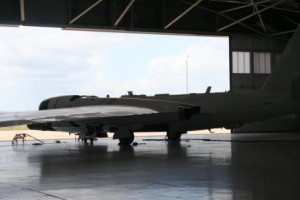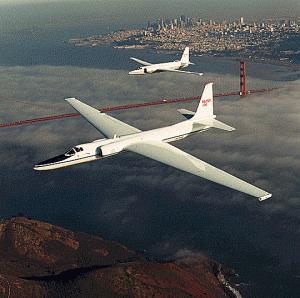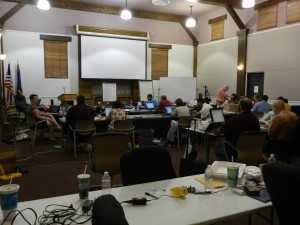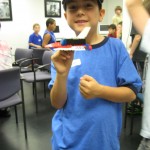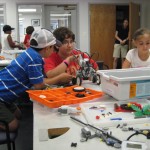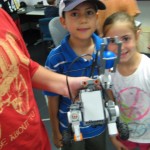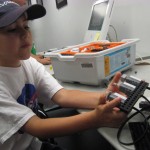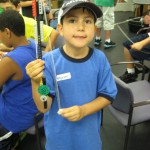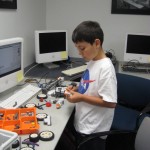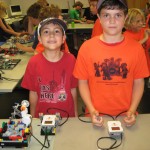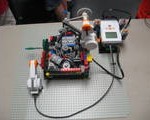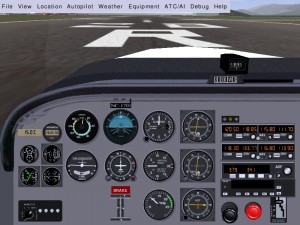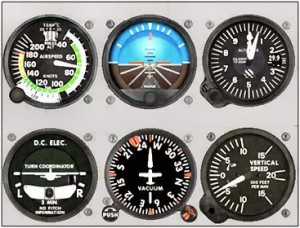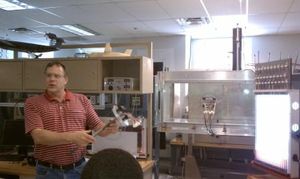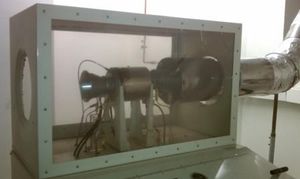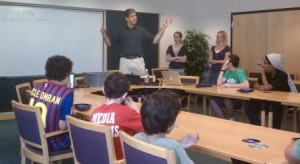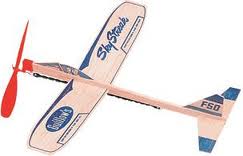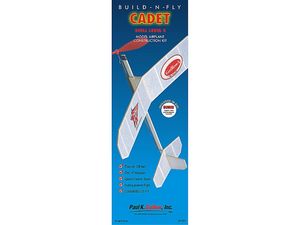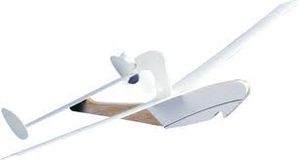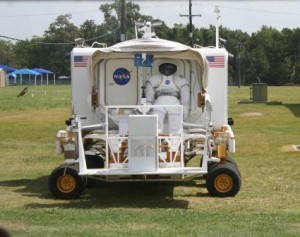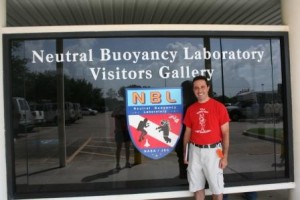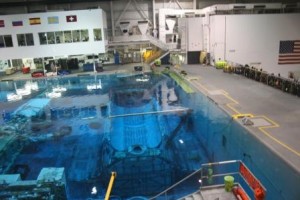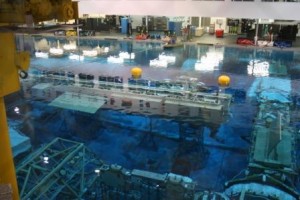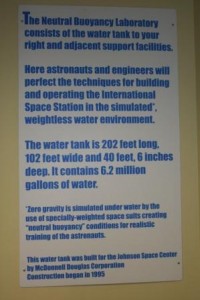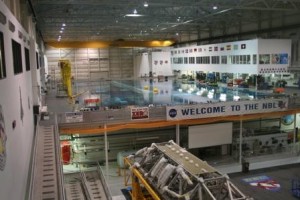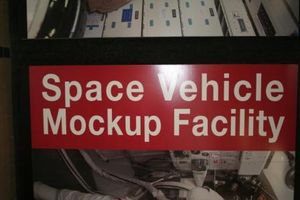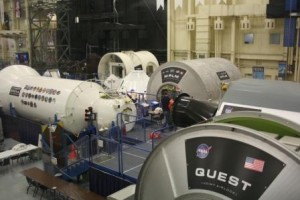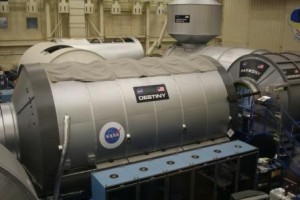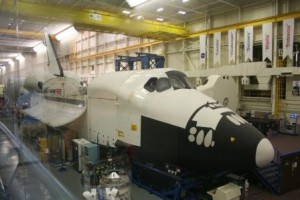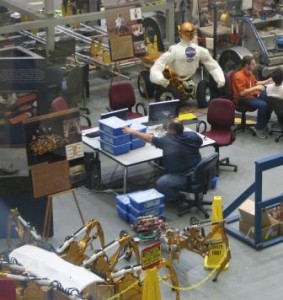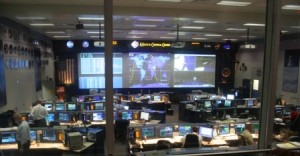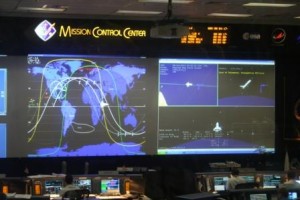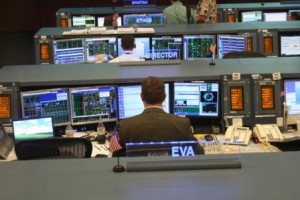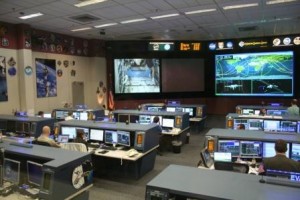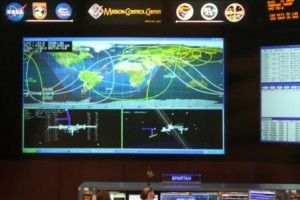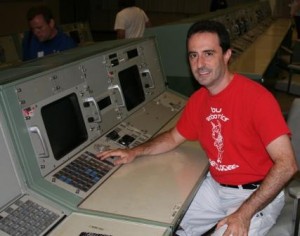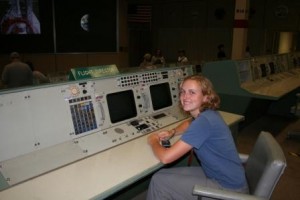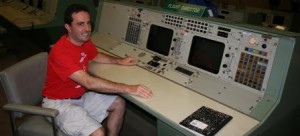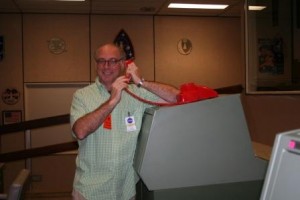Tuesday morning we learned how to assemble an Arduino board and how to write some basic Arduino code. We made an LED flash and hooked up an accelerometer.
We then learned more about the experiment we worked on this week. The main part of the experiment was a submission for the NASA-Make Challenge. This was sponsored by Make Magazine which is a Do-It-Yourself publication. The winning submission was to observe the melting and freezing of wax in microgravity. Some other interesting twists include have bubbles and water drops in the wax. They developed what is called the Bring It Back Kit.
At lunchtime, we had an exciting treat. Flying overhead NASA 911 which is the 747 used to carry the Space Shuttle. I was not expecting to see this circling overhead!
The teachers in our program broke into several subsystem groups. Besides the group working on the Bring It Back Kit. The working groups are: Thermal profile, acoustic profile, accelerometer data, a radiation profile, an imaging experiment of the bring it back kit, and a separate Inertial Balance experiment. The overall model is a typical cubeSat design, which each of these experiment in its own cubeSat.
Tuesday evening we went to the Mojave Spaceport. This is first private airport in the USA to be granted a space-launch license. This is where Scaled Composites (Burt Rutan’s company) SpaceShip One completed the first privately funded human spaceflight and won theX-Prize.
We also had a tour of Masten Spacesystems which will be launching the experiment we are working on.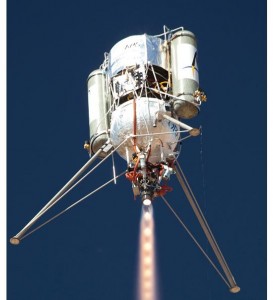
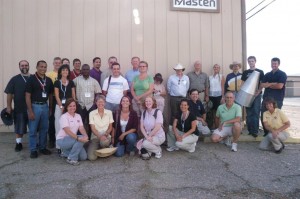
Our group in front of Masten, note on the right the engineer holding the payload container which will hold our experiment.
After our trip to Mojave Spaceport we made a trip to Vazquez Rocks.
This is a famous Thrust Fault. While there, one of the teachers in our group, Jim Kirk got into a tussle with one of the local lizards.
We then came across some weird dude with pointy ears.
After that we made a search for the San Andreas fault which was cool to see.
